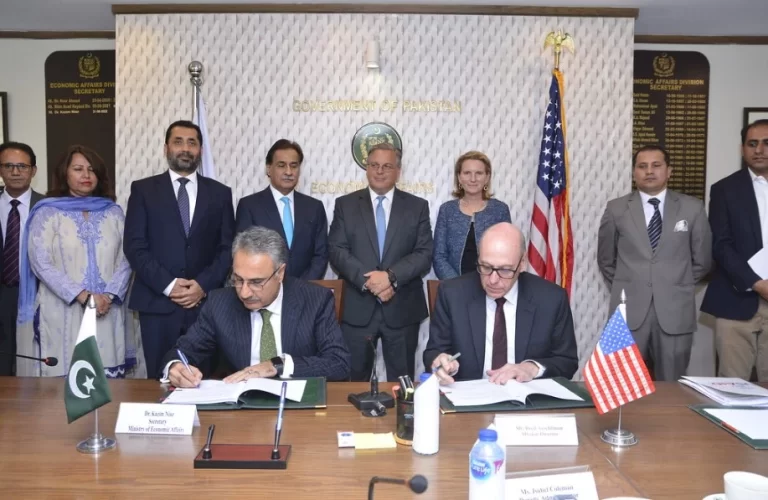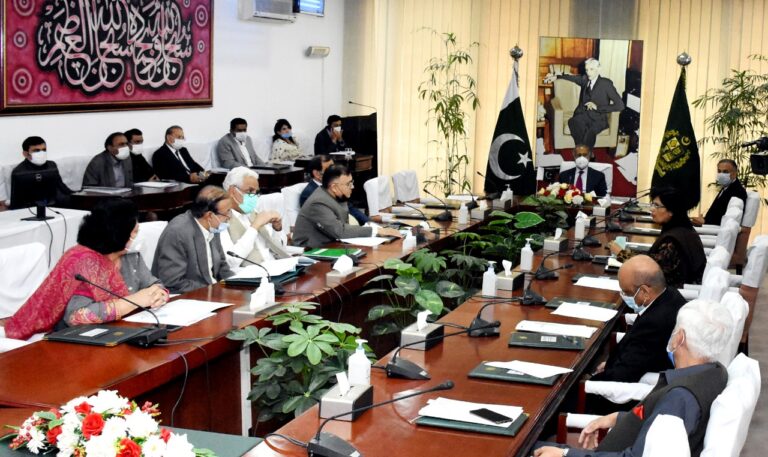HBL, UBL, MCB, other large banks return on equity declined
Ibn-e-Ameer
Large Banks have witnessed a declining trend in return on equity (RoE) during the last decade, says Topline Securities in a research report. Topline Research in a report has divided all listed banks to analyze return on equity that have announced their financial results till 2020 into two main categories, i.e. which include large banks and mid-tier banks.
We define large banks as top 5 banks in terms of deposits excluding Meezan Bank (MEBL) that remained in the top 5 categories for the most part of the last decade from 2010, Topline said.
These banks include Habib Bank (HBL), National Bank (NBP), United Bank (UBL), MCB Bank (MCB), and Allied Bank (ABL). The remaining banks are part of the mid-tier bank’s category. Large banks represent 55% of total banking deposits and total banking assets of listed banking space in 2020 vs. 57% 10 years back.
Topline analysis reveals that large banks have not been able to maintain their ROEs during the last decade as their return on equity (ROEs) have fallen from 19% in 2011 to 13% in 2020, down by 600bps.
Even if we take ROEs (excluding revaluation surplus), ROEs for large banks has declined from 22% in 2011 to 17% in 2020.
Read More: Four Banks involve in write off loans worth Rs 842 million
In contrast, mid-tier banks have witnessed significant improvement in their return on equity (ROEs) as they have improved from 12% in 2011 to 18% in 2021.
Bank-wise analysis indicates that Askari Bank (AKBL), Bank of Punjab (BOP), and Habib Metropolitan Bank (HMB) are major gainers as their ROEs expanded by 800-1,200bps to clock in at 22%, 14%, and 23%, respectively.
On the other hand, ABL, HBL, and UBL witnessed sharp falls in ROEs as they declined by 800-1,100bps to 15%, 13%, and 10% respectively in the last 10-years. Meezan Bank (MEBL) and Bank Al-Habib (BAHL) recorded the highest ROEs during the last 10-years with average ROEs of 25% and 22%, respectively.
Major developments have taken place during the last 10-years that have shaped the banking sector’s return on equity (ROEs). These include regulatory changes like an increase in Minimum Deposit Rate (MDR) & the implementation of BASEL-III.
Other developments included a fall in the sector’s Advance to Deposit ratio (ADR), (3) reduction in dividend payouts, (4) trend in CASA growth, and (4) increasing revaluation gains & equity base of banks.
Read More: Home Remittances: Rs 10b diverted to pay banks
Large banks have also been hit by their own specific issues like higher provisioning charges and costs on account of their international operations as with the case with HBL and UBL.
Mid-tier banks on the other hand remained beneficiary of lesser concentration in international banking assets and above-average deposit growth during the last 10-years.
Going ahead, an increase in the concentration of high-yielding assets, increased current account mix, and higher dividend payouts can improve ROEs for banks.
IFRS-9 implementation will also start from 2022 which may negatively impact banks. Hence, banks with strong Capital Adequacy (CAR) and coverage ratios are better placed to increase exposure in high-yielding assets and improve their payouts and maintain/increase their ROEs.
Pakistan Banking sector trades at a 2021 PE and PBV ratio of 5.9x and 0.7x respectively with an ROE of 13%. We have an Overweight stance on the sector with HBL, UBL, MEBL, and BAHL as our preferred picks, it said.








